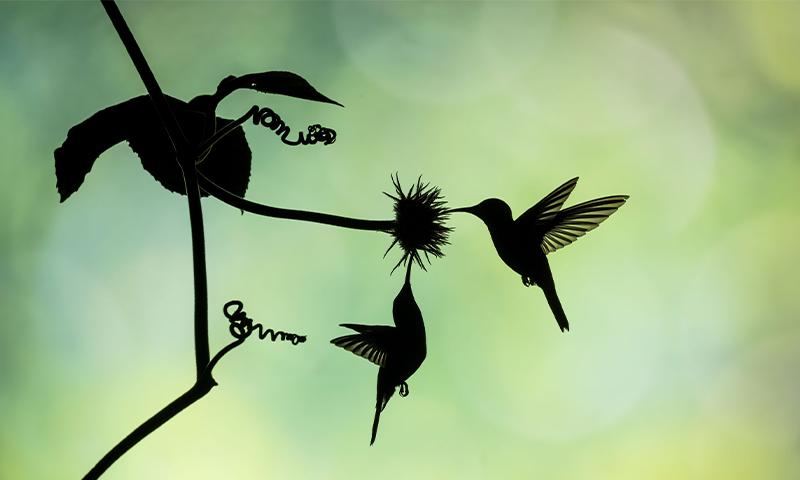Now Reading: Celestial Marvel: The Heaven and Earth Bird Takes Flight
-
01
Celestial Marvel: The Heaven and Earth Bird Takes Flight
Celestial Marvel: The Heaven and Earth Bird Takes Flight

Rapid Summary
- In 1851, John Gould displayed a collection of 1,500 stuffed hummingbirds during London’s Great Exhibition, attracting over 75,000 visitors including Queen Victoria and Charles Darwin.
- Hummingbirds are endemic to the Americas and inspired Darwin’s theories on evolution and sexual selection.
- Indigenous cultures across the Americas attach spiritual significance to hummingbirds: Peruvians see them as spirits of deceased relatives, Mexicans call them resurrection birds, and Costa Rican Bribri language links sightings to impending visitors.
- Green-crowned brilliant hummingbird (Heliodoxa jacula), native to Central and South America, exhibits vibrant green-tourmaline plumage in males while females display subtler elegance.
- Feeding practices include nectar or sugar-water feeders hung near homes for closer observation by enthusiasts; however, natural photography continues capturing their essence in wild habitats like costa Rica’s cloud forests.
Indian Opinion Analysis
India’s rich tradition of respecting nature resonates closely with the cultural reverence shown toward hummingbirds in Indigenous American societies. While India does not host these birds due to their limited habitat range in the Americas alone, Indians might draw inspiration from such ecosystems when considering conservation strategies for local fauna. Additionally, Darwin’s reflections on evolution underscore scientific principles global to biodiversity studies worldwide.For India-a nation steeped in ecological diversity-such global stories could stimulate greater awareness about balancing biodiversity conservation with human activity. Exploring parallels between indian environmental lore and international wildlife appreciation can strengthen India’s commitment toward enduring coexistence.




























